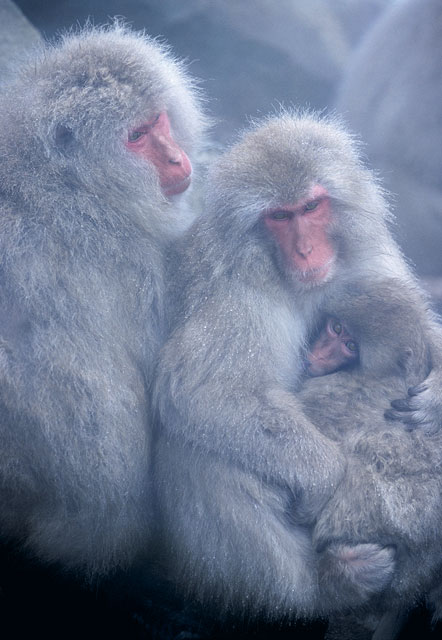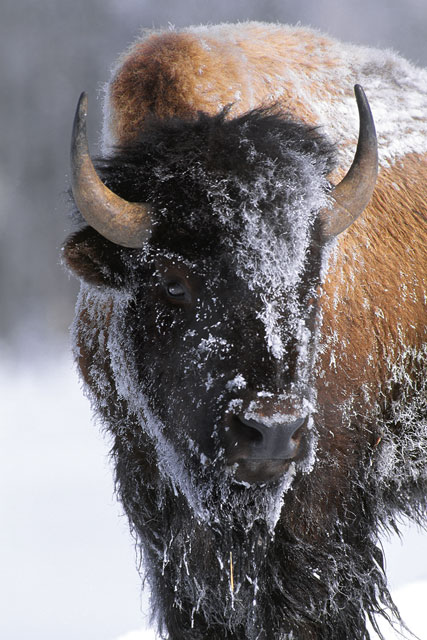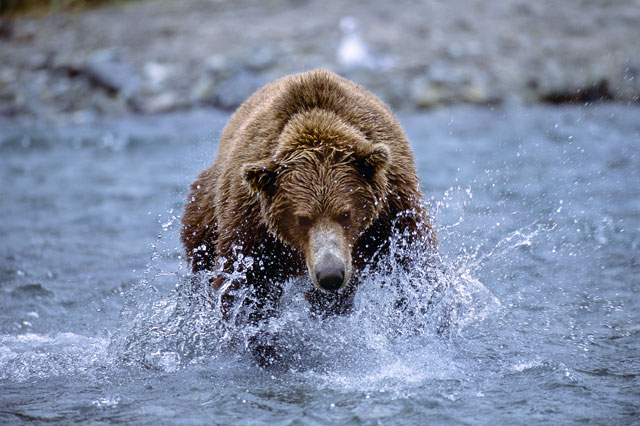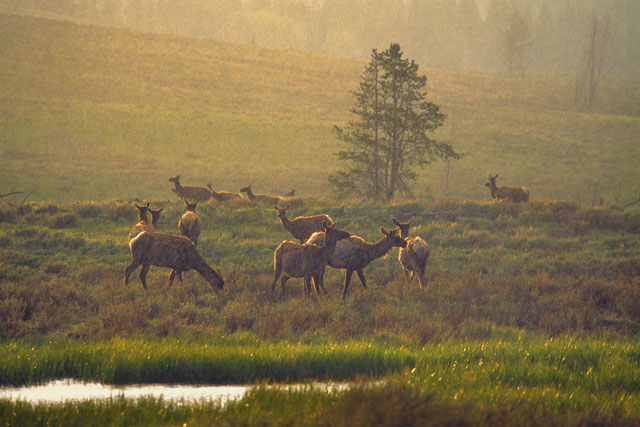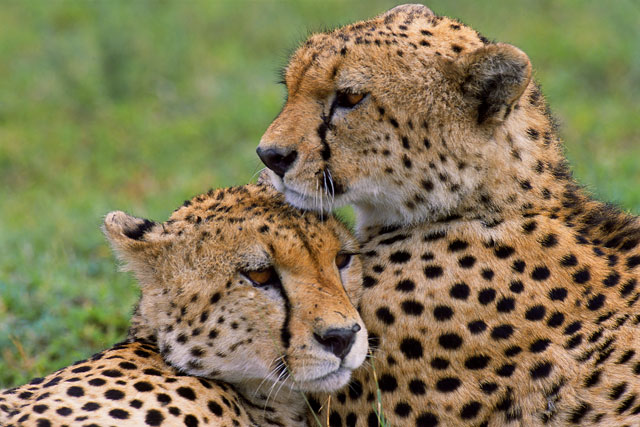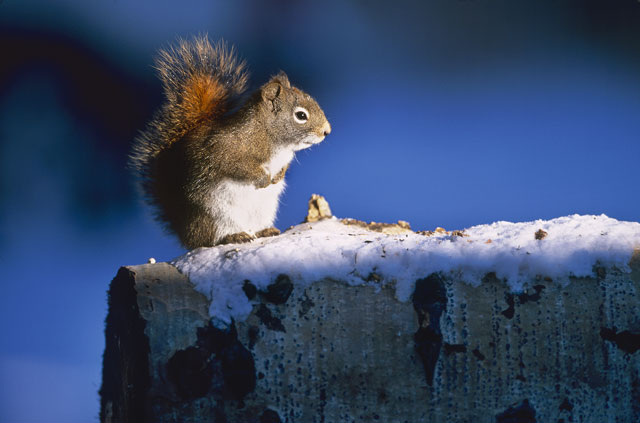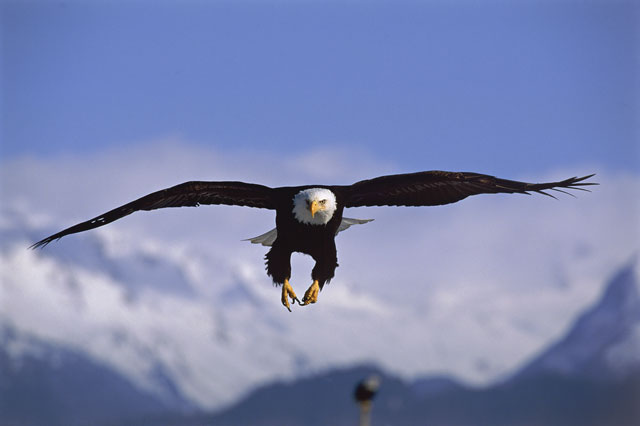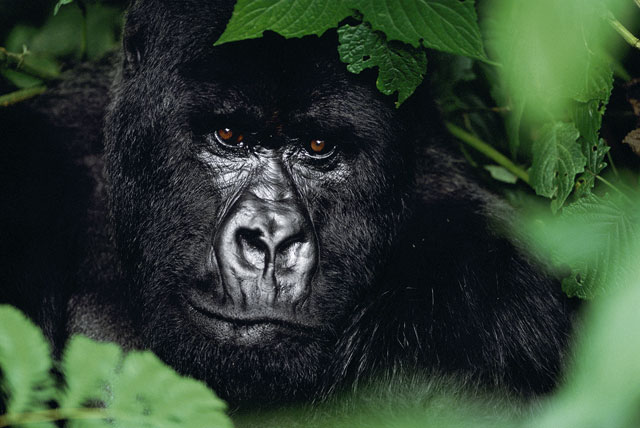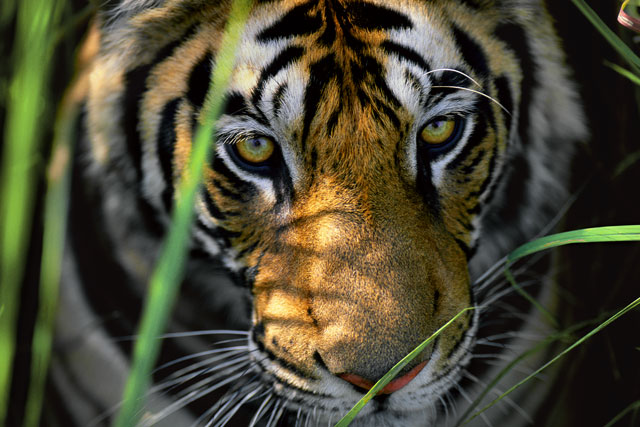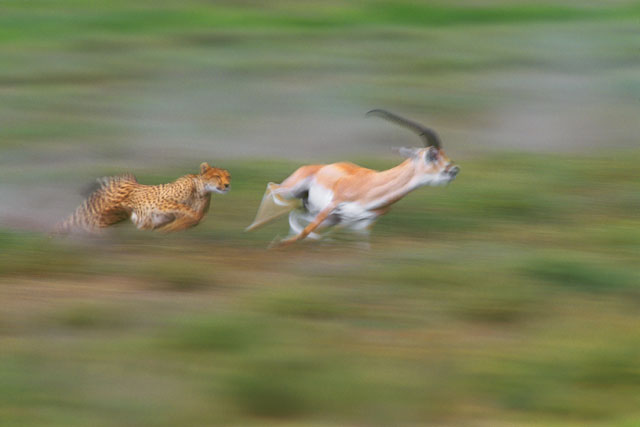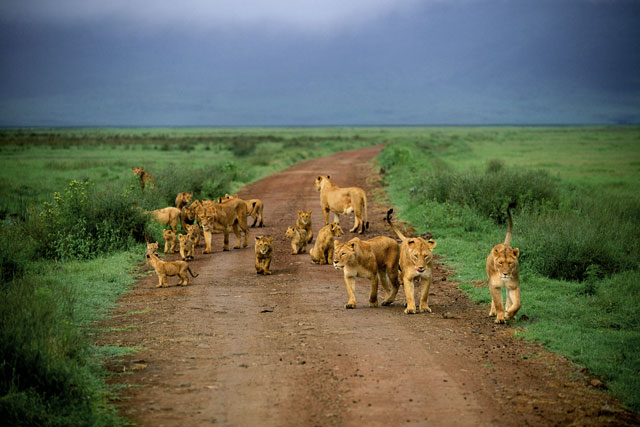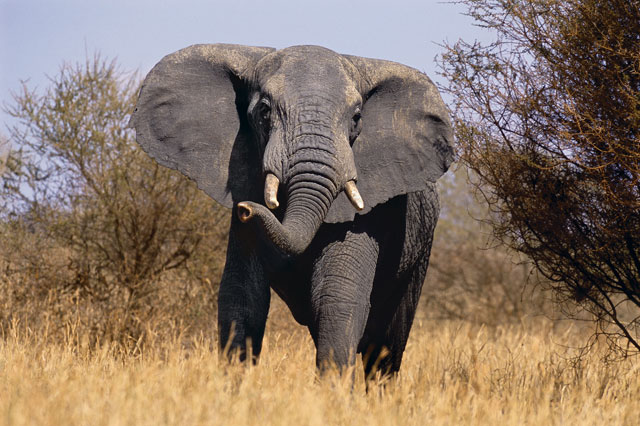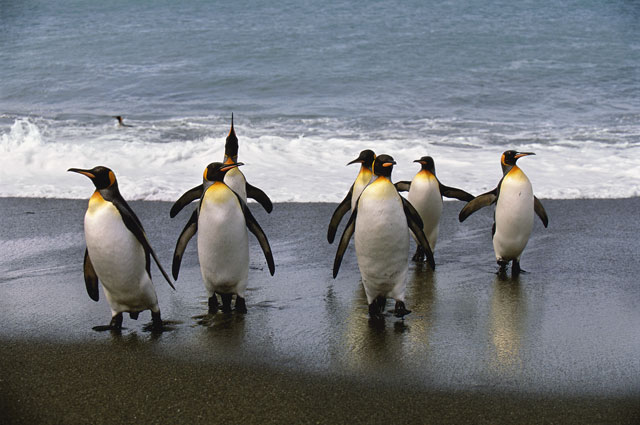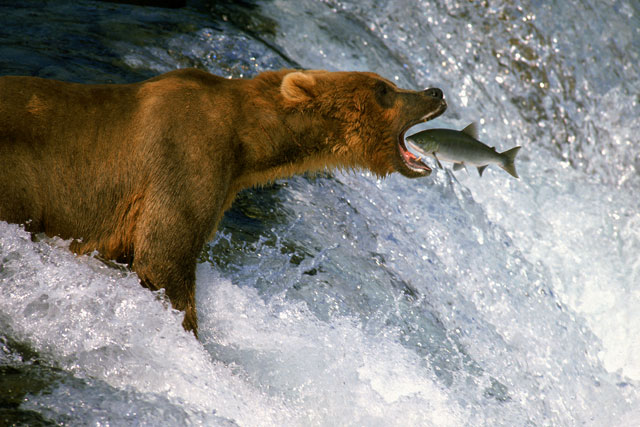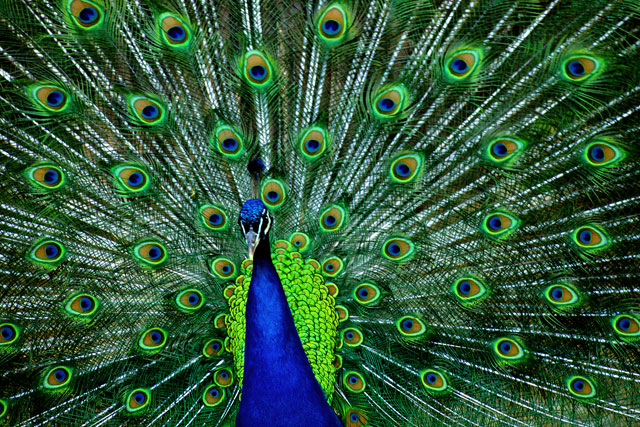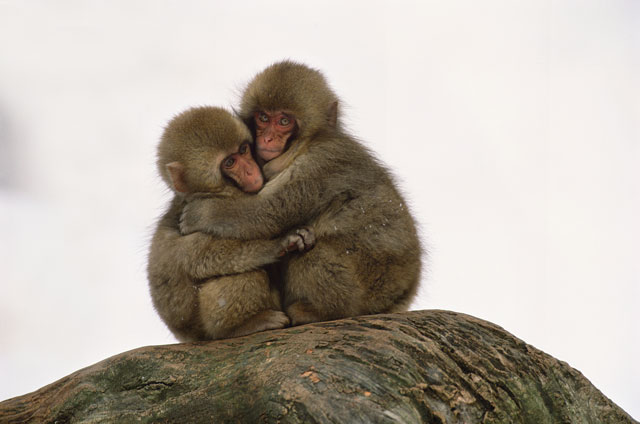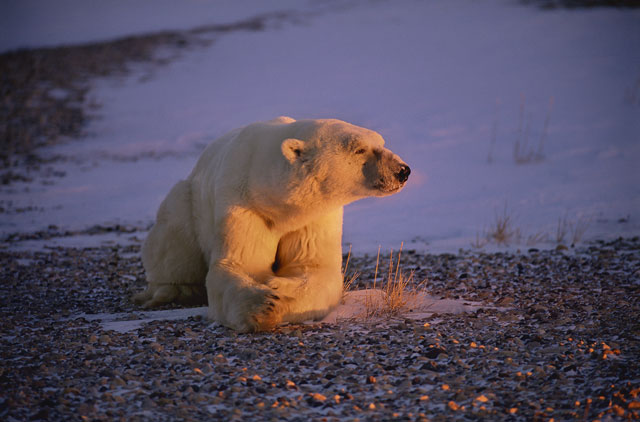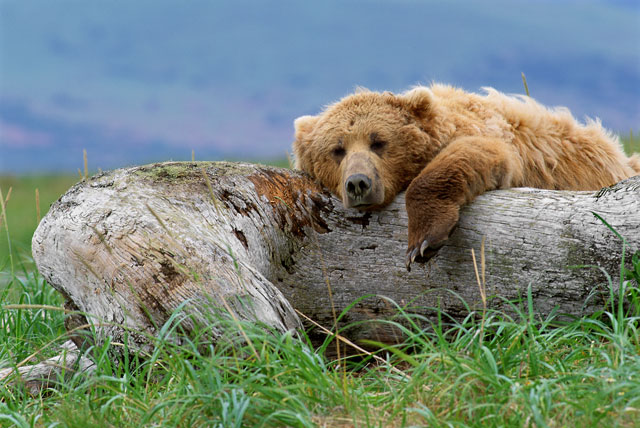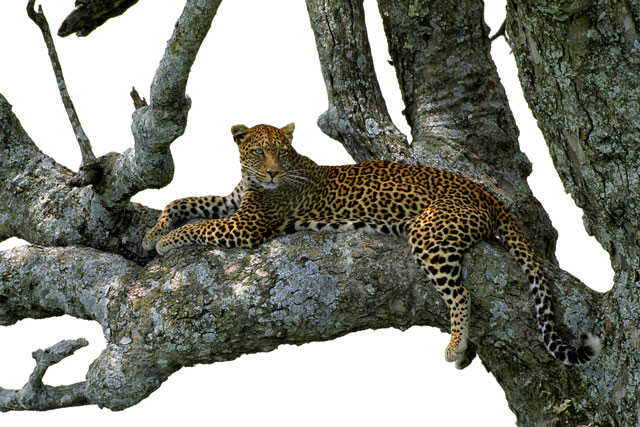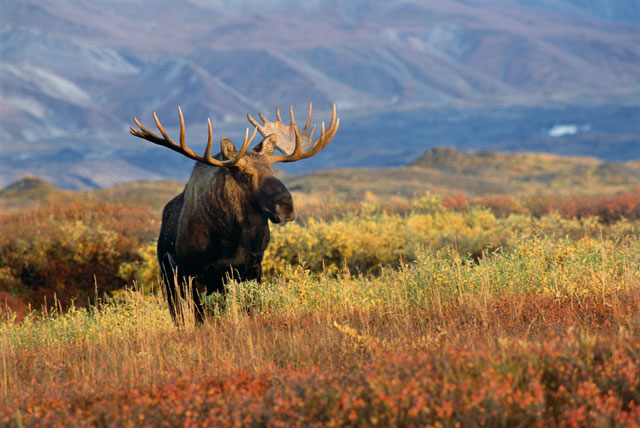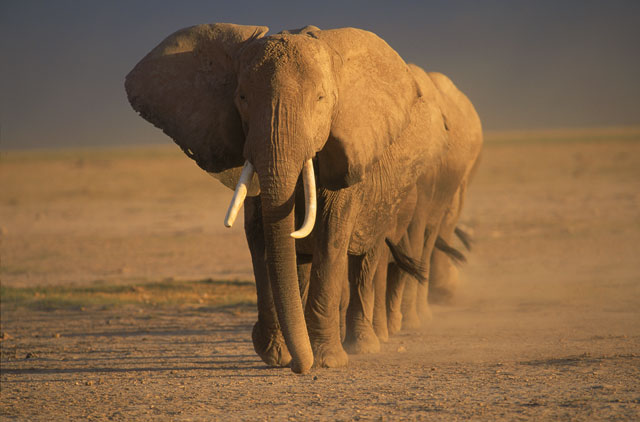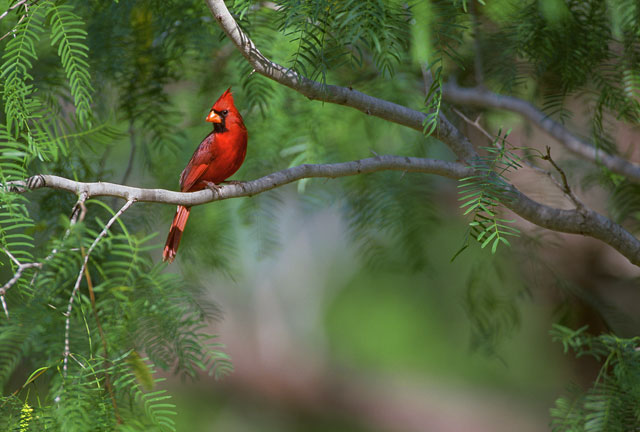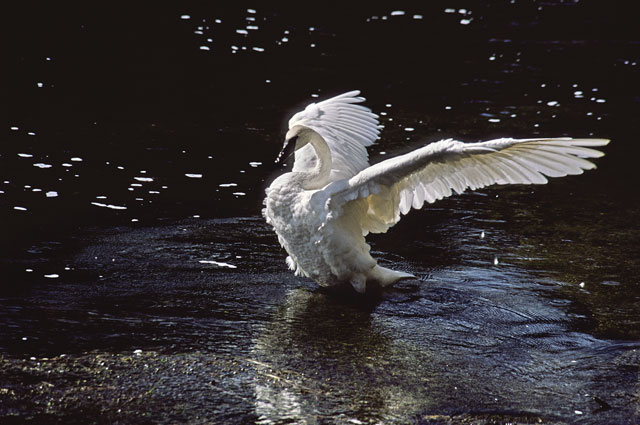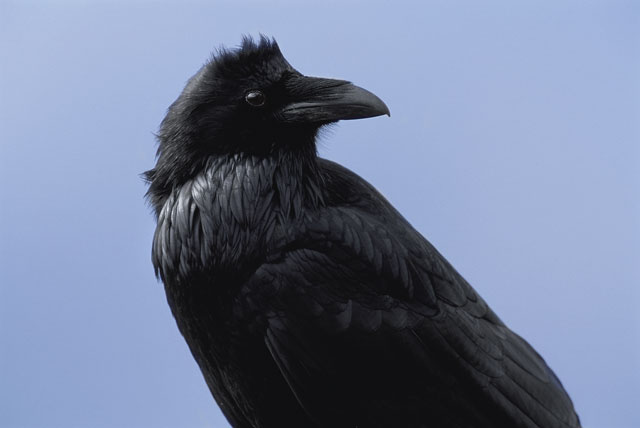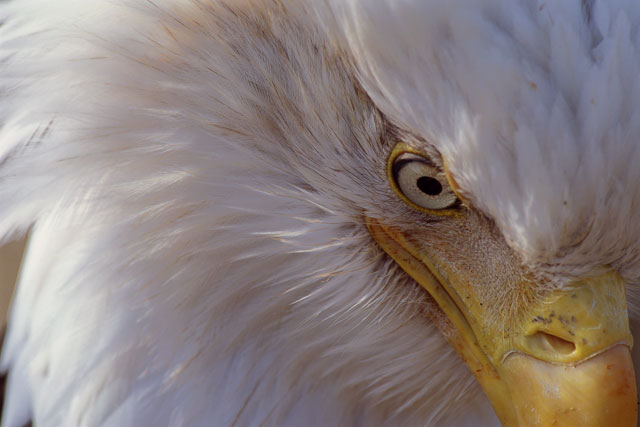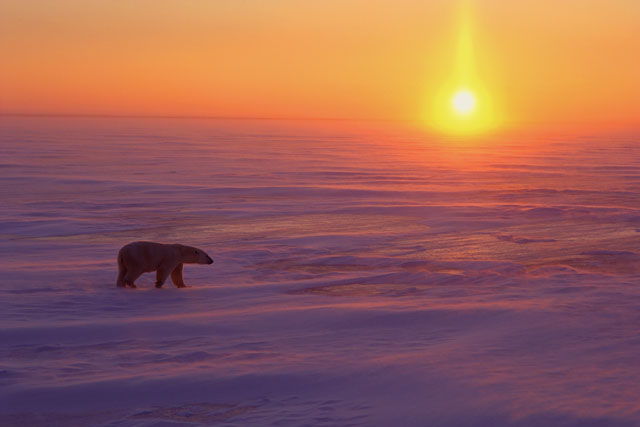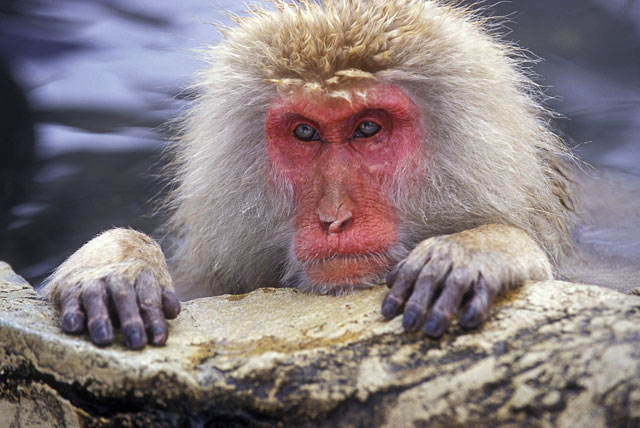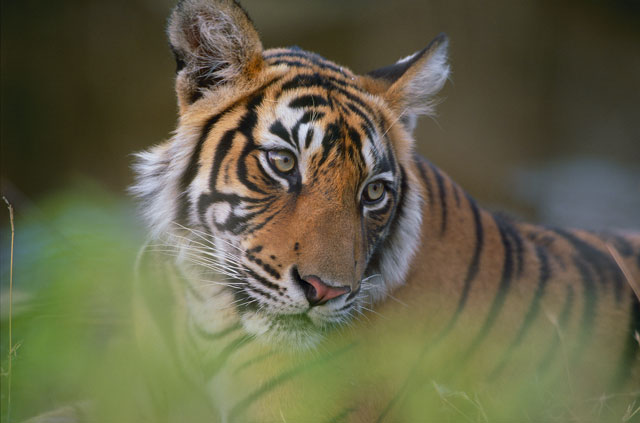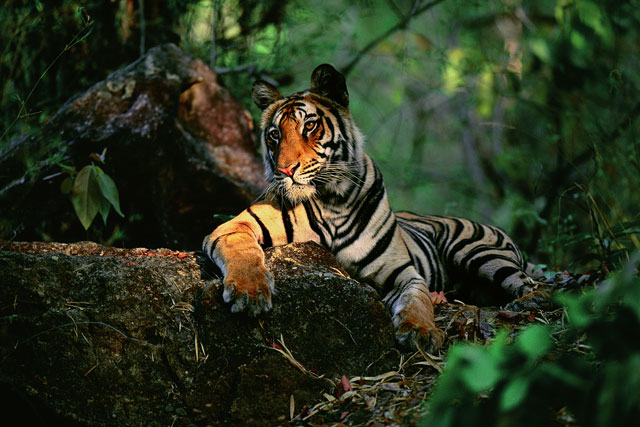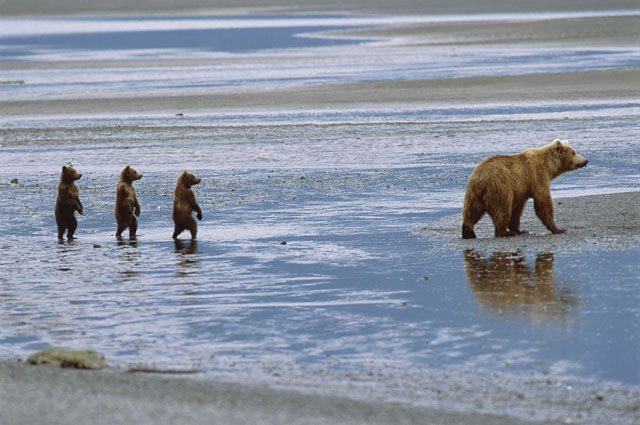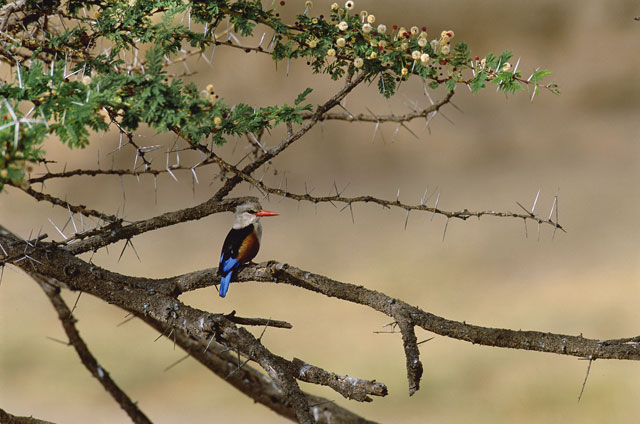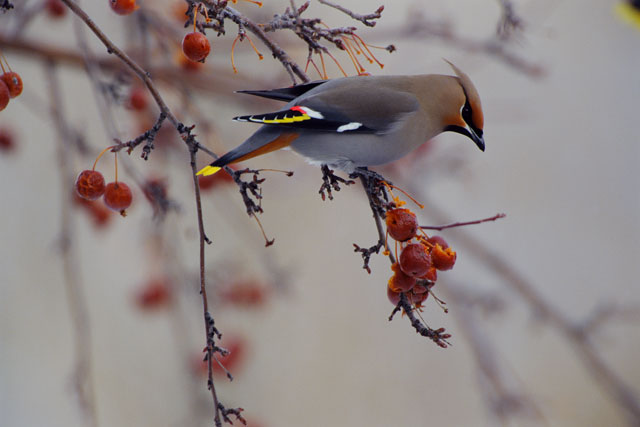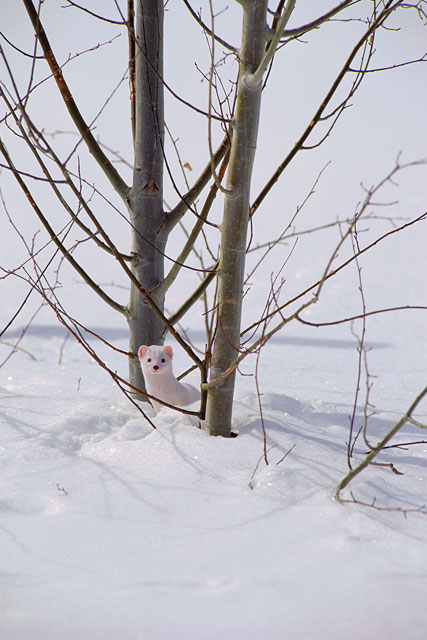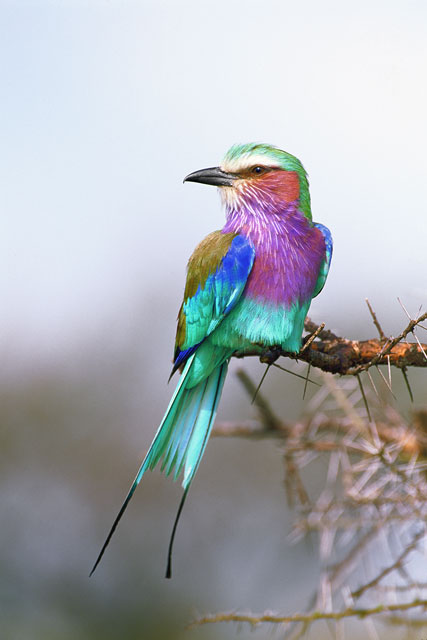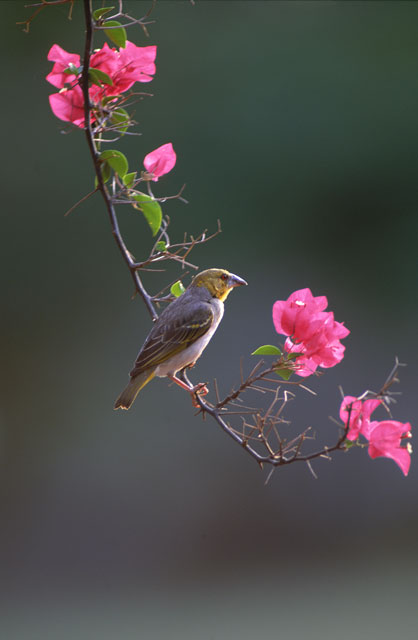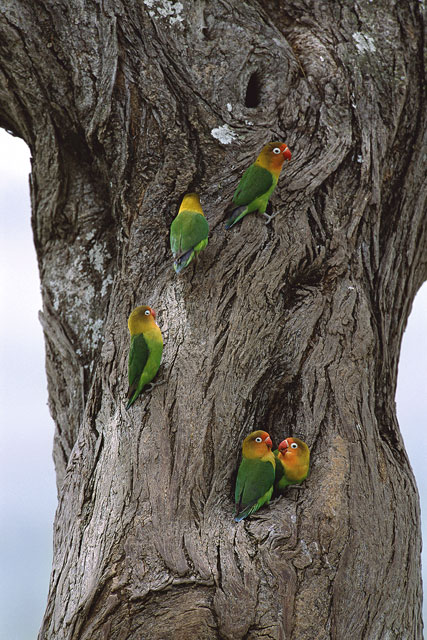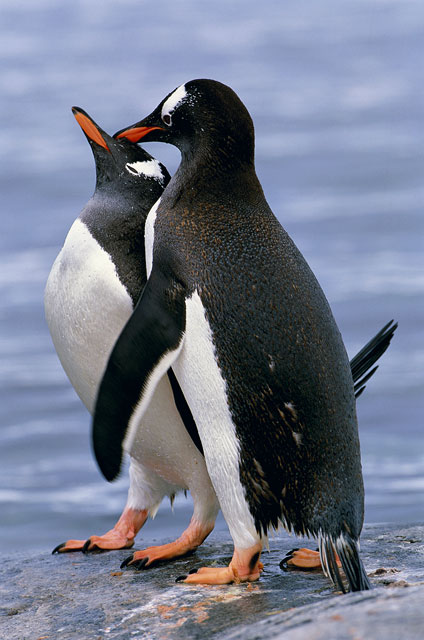Thomas D. Mangelsen Understands the Behavior of the Animals he Photographs
Thomas D. Mangelsen is a Nikon Legend Behind the Lens
It's not about animals looking cute. It's not about pretty pictures. For Thomas D. Mangelsen, it's about respect for all nature's creatures and a passion to protect them.
"A lot of young photographers just getting into wildlife photography don't quite make the link that they have a responsibility to protect what's out there," Tom says. "We have the ability to make images that will teach people about endangered species and places needing protection, pictures that can even change minds, and we have a responsibility to do it. Sometimes I meet people who sort of skip that part. They want to take pictures because they think it's a cool thing to be a wildlife photographer. They don't quite understand they have the option to do more than just take pretty pictures."
Tom is one of the world's best nature photographers, honored for his images and his efforts on behalf of the environment. His photography has appeared in numerous magazines, including National Geographic and Audubon, and has been exhibited in museums and galleries here and abroad. A lifetime of effort and observation has shown him that "The best photographers, like the best people who spend time outdoors skiing or hiking or bird-watching, accept the responsibility of taking care of the environment."
Tom grew up in Nebraska and spent time on the Platte River with his father, hunting, fishing and trapping. He remembers that when he was about six years old, "A lot of the water in the Platte was being diverted for irrigation and for the cities, and the thought was that someday the river would be dry and there'd no longer be the migration of cranes, geese and ducks. This was a long time before 'ecology' became a common word, but even as a kid, the migration was something I knew was special, and it was something we needed to protect." Over a period of some 14 years he saw the habitat change. "The water didn't have the force to flood and scour the channel, which they used to say was a mile wide and an inch deep. It became a quarter-mile wide and four inches deep."
He started taking pictures at 21, "Mostly as a hobby, and because I thought it would be great to have pictures of the things I was seeing." Later he worked for a film company as a cinematographer. "I learned to handle a 16mm film camera, and I realized I could use that camera to shoot the Platte River, the waterfowl, deer and eagles, and show that to people so they'd realize it was such a special place. I guess I was slightly naive, but I did three films on the Platte." He continues to makes films—he was working on one about cougars when we spoke with him—but still photography is the main medium for the message.
Tom's powerful images are the result of planning, preparation and patience. "Most people today don't take the time to understand animal behavior," he has said. In fact, many amateurs and professionals rely on the shortcut of photographing at game farms, where captive animals are trained to perform for the camera. "I'm not critical of zoos and rehabilitation centers," Tom has said. "They exist for something other than photography; photography is done there, but it's not the reason for their existence, so those places have some validity. [But] game farms exist only for photography and have no validity beyond photography, and I think that keeping animals in captivity just for photography is unethical."
To get his photographs, he goes to where the wild creatures are, and that's where planning and preparation come into play. "Certain things I plan a year in advance, and certain things I do every year," Tom says. "I go back to Nebraska to photograph cranes on the Platte because that's where I grew up, and I love cranes and I love being there." He usually plans an annual Africa trip to explore new territory or revisit particular animals—gorillas in Rwanda, for example. "I wanted to spend more time and get more pictures because they're such an endangered species. Who knows—Rwanda is so tentative politically, it's a place I might not be able to go to in five or ten years—or even next year."
When you photograph truly wild animals, you need to know as much about them and their habits as possible. "I often go to Africa in the dry season because all the animals are at the water holes. You can't go during our winter because it's the wet season there, and the animals will be dispersed."
But nature is unpredictable, so spontaneity is also important. "Three weeks ago there was an unprecedented great gray owl migration out of southern Canada into Minnesota. There's a migration every ten years because the mouse and vole population crash, so the owls will go south maybe a hundred or two hundred miles to search for mice and voles. But this particular year not only did the mouse and vole population crash in southern Canada, but on top of that there was a lot of ice and snowstorms that covered the woods and prairie, so the owls had to go south. Maybe 1,500 or 2,000 owls headed south which was unprecedented. That was something I hadn't planned on. I heard about it, did some research and packed my bags the next day and left."
At the time we spoke, Tom was about to head to Arizona. "They've had a huge amount of rain in the deserts, more than they've had in years, and expectation is that the desert flowers will bloom like they've never bloomed before—at least in the last hundred years. I wasn't planning on photographing desert wildflowers this year, but because of the weather conditions I'm changing my schedule.
"It's a moving target," Tom adds, "and you've got to be as flexible as you can be or you'll miss once-in-a-lifetime opportunities." Everything, though, is tempered by his concern for the landscape and the wildlife. "The best photographers, like the best people who spend time outdoors skiing or hiking or bird watching, accept the responsibility of taking care of the environment."
 |
Thomas D. Mangelsen has been an NPS member since 1981. |

